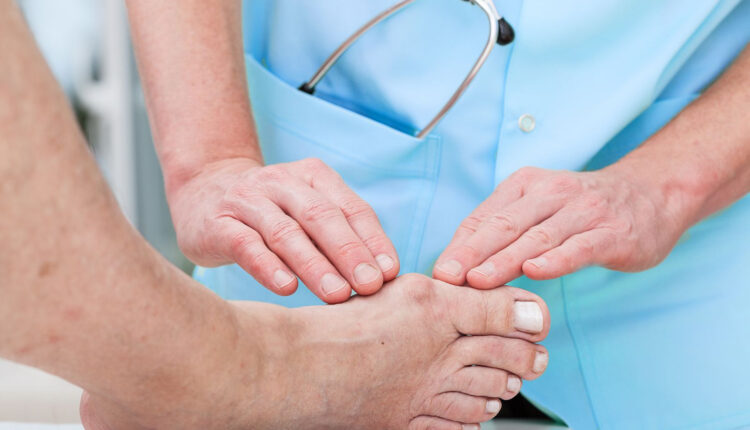A bunion is a hard bump that forms on the joint at the base of your big toe; it is a common foot problem that occurs when some bones in the front part of your foot are misaligned. Consequently, the tip of your big toe moves towards the smaller toes; this causes the joint at the base of your big toe to stick out. Besides being unsightly, bunions may cause swelling, redness, and soreness around your big joint. Most of the time, Pico Robertson, Beverly Hills bunions are a consequence of wearing tight, narrow shoes. But they can sometimes develop due to a foot deformity, the shape of your foot, or a medical condition like arthritis. Bunionettes are smaller bunions that can develop at the joint of your smallest toe.
Symptoms of a bunion
The classic symptom of bunions is a bulging bony bump at the base of your big toe. Usually, the skin over the bunion is red and sore. You may also have thickened skin (corns and calluses); these develop when the first and second toes rub against each other. A bunion may cause ongoing pain or pain that comes and goes, meaning it may have difficulty wearing regular shoes. You may be unable to bed your toe or experience pain and burning when you try to bend.
When should I see a doctor?
Bunions are often not a serious problem and require no medical treatment. However, you should see a podiatrist or orthopedic foot specialist if you have:
- Limited movement of your big toe or foot
- Chronic big toe or foot pain
- Problems finding shoes that fit well due to a bunion
What causes bunions?
The cause of bunions is unknown, but various explanations explain their development. Foot stress due to how you walk or the shape of your foot can cause bunions. Other people inherit this foot problem, and some babies are born with a bunion. Wearing tight, high-heeled shoes or too narrow shoes can worsen bunion pain, but they don’t cause the problem. Bunions are also associated with arthritis, especially inflammatory types such as rheumatoid arthritis.
You are more likely to develop bunions if you wear high heels. These shoes exert extra pressure on your toes and also force them into the front of your shoes, causing your toes to crowd. If you regularly wear shoes with high heels, trade them out for flats for a few days a week. Wearing too tight or narrow shoes also elevates your risk of developing bunions. Ensure your shoes have enough room for your toes and that they are the right length and width for your foot.
You may also inherit bunions, especially if you have first-degree relatives with this foot problem. Having rheumatoid arthritis also makes you more likely to develop bunions.
Preventing bunions
The good news is that there are tips to help you prevent bunion formation. They include:
- Wear shoes with a wide toe box; avoid pointy shoes
- Ensure your shoes are the right size
- Do bunion stretches and exercises
- Rest your feet
If you have bunions, book a session with your podiatrist at Eazy Foot & Ankle for treatment to eliminate the pain.


Comments are closed.